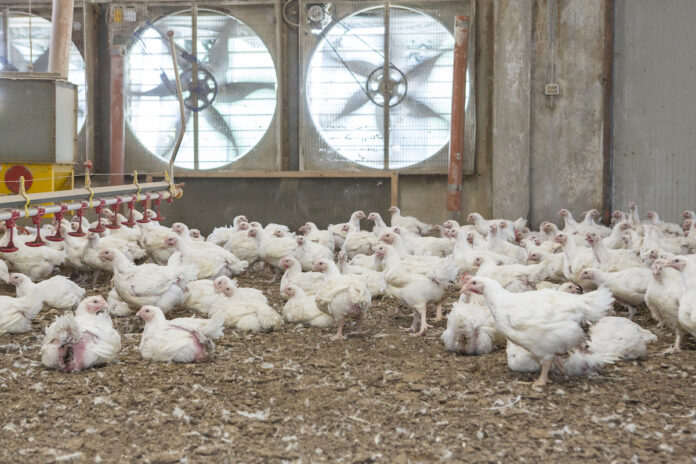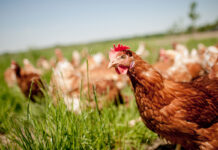
Dust found in poultry housing is a complex substance most likely comprised of a mixture of excreta, feather, feed and bedding material.
M. Ahaduzzaman, L. Milan, C. L. Morton, P. F. Gerber And S. W. Walkden-Brown – University of New England, Armidale, NSW Australia
Exposure to poultry dust can impair the health of both poultry and poultry farmworkers as it serves as a medium for survival and spread of pathogenic microorganisms and inhalation of respirable particles and toxins (Just et al. 2009; Viegas et al. 2013). It has also proven useful as a population level sample material for tracking pathogen incidence and assessing vaccination efficacy (Walkden-Brown et al., 2013; Ahaduzzaman et al., 2019).
Given these aspects, it is important to better understand the composition of poultry dust and the potential impacts on bird and human health. The composition of dust in each shed, and each batch, can vary and be expected to change over time. This study was therefore designed to determine whether chemometrics (the application of multivariate statistical techniques to chemical analysis data) and scanning electron microscopy (SEM) could be used to determine the ratio of different originating materials in dust samples.
To enable us to predict the source components of dust, individual materials comprising poultry dust (feed, excreta, feathers and bedding) as well as defined mixtures of the materials, were analysed to establish their elemental character. Settled dust collected late in the batch (35- 49 d) from 28 broiler flocks were also tested for comparison. Total chemical elemental concentrations (C, N, Al, B, Ca, Co, Cr, Cu, Fe, K, Mg, Mn, Mo, Na, P, S, Se and Zn) were determined using combustion and inductively coupled plasma optical emission spectrometry (ICP-OES) analyses and a chemometrics approach was applied to predict the contribution of source material in defined mixtures and dust samples. SEM was also used to characterise the particulates in dust samples and to validate the chemometrics results. Excreta was found to be the main component (>50%) of late batch (>35d) broiler dust samples, both by SEM imagery and chemometric analysis. SEM imagery of weekly dust samples collected from an experimental flock between 7 and 35 days of age revealed that the contribution of excreta to dust increased with age from 60% at 7 d to 95% at 28 d (P<0.001). The proportion of bedding and feed in dust declined from 22% and 12% respectively at 7 d, to low levels (2% and 1%, respectively) after 21 d while the contribution of feather material remained rather constant throughout (5-9%).
This study demonstrates that excreta provides the bulk of the material in poultry dust samples with bedding, feed and feather material providing lower proportions. The relative contributions of these materials varies with age of birds at dust collection. Additional research is required to determine the health and diagnostic implications of this variation.
References
Ahaduzzaman M., Groves P.J., Sharpe S.M., Williamson S.L., Gao Y.K., Nguyen T.V., Gerber P.F. & Walkden-Brown S.W. (2019) Vet. Microbiol.108545.
Just N., Duchaine C. & Singh B. (2009) J. Occup. Med. Toxicol. 4: 13.
Viegas S., Faísca V.M., Dias H., Clérigo A., Carolino E. & Viegas C. (2013) J. Toxicol. Environ. Health Part A. 76: 230-239.
Walkden-Brown S.W., Islam A., Groves P.J., Rubite A., Sharpe S.M. & Burgess S.K. (2013) Avian Dis. 57: 544-554.
From the Proceedings of the Australian Poultry Science Symposium 2021

















